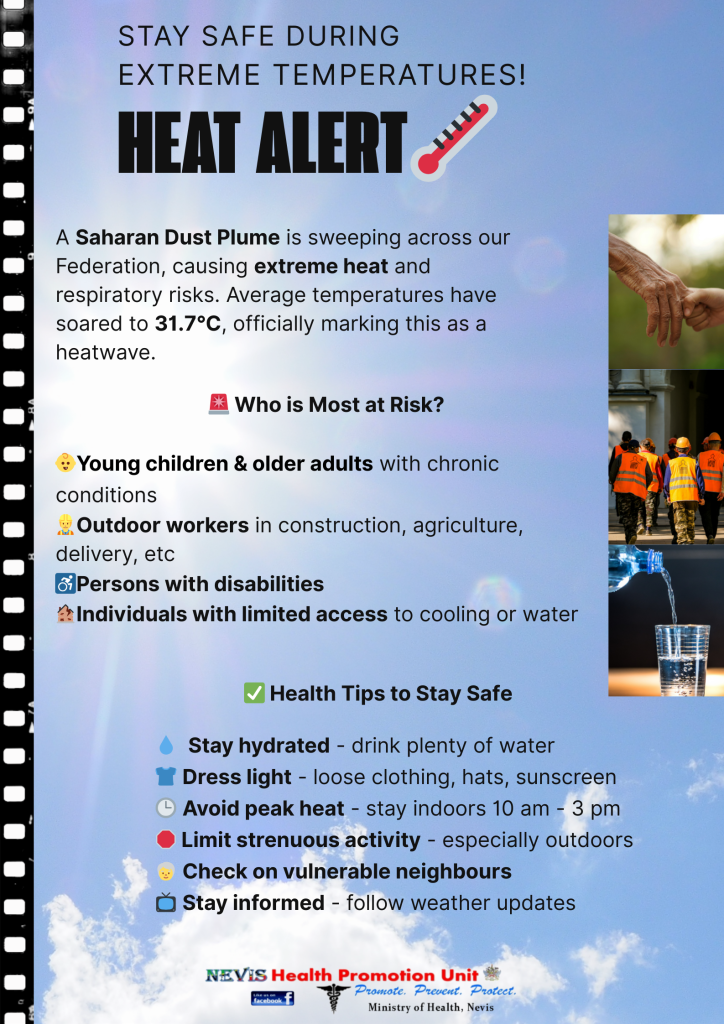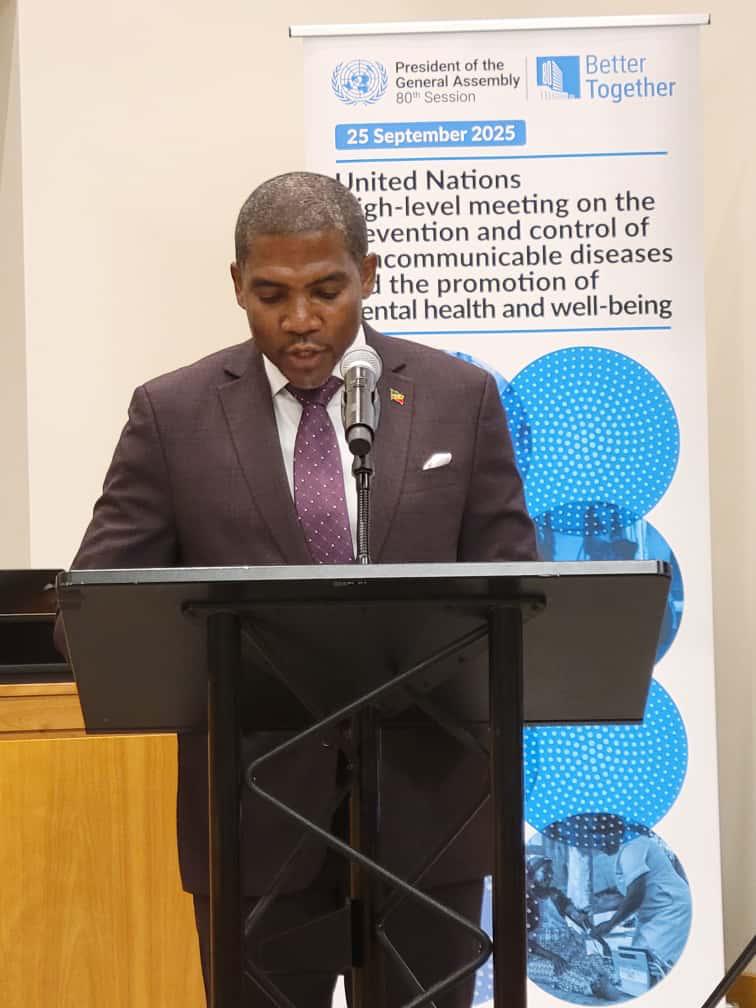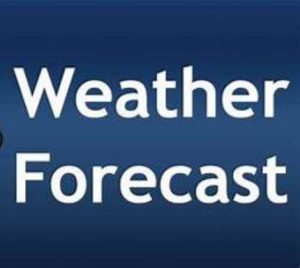Elevated Health Risks Across the Federation Due to Saharan Dust and Heatwave.
The twin threats of a dense Saharan dust plume and a persistent heatwave have converged upon the Federation of St. Kitts and Nevis, prompting health officials to issue urgent warnings and safety guidelines for residents. The dust plume, a component of the Saharan Air Layer, has draped the islands in a thick haze, significantly reducing visibility and posing substantial health risks, particularly for individuals with pre-existing respiratory conditions. The dust-laden air exacerbates respiratory ailments such as asthma and Chronic Obstructive Pulmonary Disease (COPD), urging those affected to minimize outdoor exposure and utilize protective masks when venturing outside. Simultaneously, an intense heatwave has gripped the islands, with temperatures consistently exceeding the heatwave threshold, further compounding the health risks. The combination of high temperatures and elevated humidity, fueled by peak sea temperatures, creates a dangerous heat index, making the perceived temperature even higher than the actual recorded values.
The confluence of these environmental factors poses a significant threat to public health. The dust plume, carrying microscopic particles, irritates the respiratory system, triggering inflammation and exacerbating existing respiratory conditions. This can lead to difficulty breathing, coughing, wheezing, and other respiratory distress. Meanwhile, the extreme heat places additional strain on the body, especially the cardiovascular system. Prolonged exposure to high temperatures can lead to dehydration, heat exhaustion, and even heatstroke, a life-threatening condition. Furthermore, the heat can exacerbate chronic illnesses such as heart, lung, and kidney disease, potentially leading to medical emergencies like heart attacks and strokes. The elderly, young children, and those with pre-existing medical conditions are particularly vulnerable to these combined threats.
The Ministry of Health has identified several vulnerable groups at heightened risk due to the combined impact of the dust plume and heatwave. Young children and older adults, especially those with chronic illnesses like diabetes, hypertension, or heart disease, are particularly susceptible to dehydration and heat-related complications. Their bodies may have difficulty regulating temperature, making them more prone to heatstroke and other heat-related illnesses. Outdoor workers, such as those in construction, agriculture, and delivery services, face prolonged sun exposure and physical exertion, increasing their risk of heat exhaustion and dehydration. Persons with disabilities may face challenges accessing cooler environments or implementing protective measures due to mobility restrictions or other limitations. Finally, individuals with limited resources, including those without access to air conditioning, safe shelter, or clean drinking water, are disproportionately affected by these extreme conditions.
In response to this public health emergency, the Ministry of Health has issued a comprehensive set of safety guidelines to mitigate the risks posed by the dust plume and heatwave. These guidelines emphasize the importance of staying hydrated by drinking safe water regularly throughout the day. Dressing appropriately in light, loose-fitting clothing, utilizing wide-brimmed hats, umbrellas, and sunscreen outdoors is crucial for minimizing sun exposure and preventing heat-related illnesses. Protecting vulnerable populations, particularly young children and older adults, by keeping them indoors during the hottest part of the day (between 10:00 a.m. and 3:00 p.m.) is essential. Supporting outdoor workers by limiting strenuous activity during peak heat hours and ensuring frequent breaks in shaded or cool areas is also critical.
Community support plays a vital role in mitigating the impacts of these extreme conditions. Checking on older adults, persons with disabilities, and neighbors who may require assistance, ensuring they have access to cool, ventilated living spaces and ample water, can prevent heat-related emergencies. Staying informed about daily weather forecasts and planning activities during cooler periods, such as early morning or late evening, is crucial for minimizing exposure to extreme heat. The Ministry of Health has emphasized the collective responsibility of the community to safeguard the health and well-being of all citizens, especially the most vulnerable. Vigilance, preparedness, and community care are essential to navigating the challenges posed by these combined environmental threats.
The situation in St. Kitts and Nevis underscores the growing health risks associated with climate change. Extreme weather events, such as heatwaves and dust plumes, are becoming more frequent and intense, posing significant challenges to public health systems. Addressing these challenges requires a multi-faceted approach, including public health preparedness, community engagement, and long-term strategies to mitigate climate change and its associated health impacts. The Ministry of Health’s proactive response, including issuing timely warnings and providing comprehensive safety guidelines, demonstrates a commitment to protecting public health in the face of these evolving environmental threats. The emphasis on collective responsibility and community care underscores the importance of working together to build resilience and protect the well-being of all citizens, especially the most vulnerable, in the face of these escalating climate-related challenges.
Share this content:












Post Comment